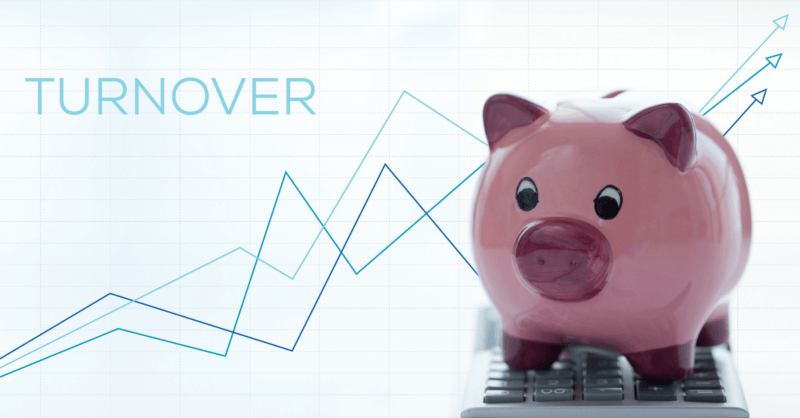Here we are – year three of a pandemic that has upended every aspect of life, causing us to make constant adjustments. It’s exhausting. And just as we think the curtain has closed we find out it was only intermission.
For those managing frontline workers in the supply chain, this volatile environment has been especially challenging. At this point, companies have already invested a lot into workforce recruitment and retention strategies, making them hesitant to continue to try new approaches.
But with the continued impacts of Covid-19 being so unpredictable, organizations need to remain flexible in their pursuit of a solution. Why? Because employees are looking for more opportunities and the ability to grow in their role. But, companies are becoming paralyzed by the uncertainty and the impacts that the challenging labor market is having on retention. That’s why in 2022, companies need to focus their attention on implementing a retention strategy that will lead to positive outcomes for the workers and employers..
With Covid restrictions in place again, many companies are considering their options. Do they implement a hiring freeze to keep the number of employees in a facility down? Or do they need to ramp up their hiring to level out the estimated 25% no show due to the impacts of Covid-19?
The bottom line is, the supply chain continues to be impacted and frontline workers are in demand. That’s why 2022 needs to be the year of the frontline worker, meaning that companies need to focus on retaining them for the long run and keeping their existing employees feeling engaged and part of the company culture.
So what is the impact of doing nothing about your frontline employee turnover? Quite simply, SIGNIFICANT.
Negative impact on company culture
High turnover has a huge impact on the morale of employees, and therefore the company culture. As more co-workers leave, it sets a tone for the team. It’s also likely if someone was unhappy enough to leave a position, they probably shared their negative sentiments towards the company to their peers. These feelings then ripple across an organization, causing more employees to leave.
As employee turnover can have significant consequences for businesses, it’s important to take action to retain your employees. WorkStep’s employee retention software can help your company to create a positive work culture, provide professional development opportunities, and improve communication to reduce turnover.
Employee burnout
Between hiring freezes and a growing rate of turnover, existing employees are left to pick up the slack. Long hours and higher demands are not sustainable, leading to burnout and ultimately higher turnover.
Impact on company reputation
It’s natural to air your daily gripes to your friends and family. So when an employee is dissatisfied with their role at a company, there’s no doubt those complaints are being aired outside the organization. This has a large influence on public perception of a company and their reputation as an employer.
Loss of productivity
It’s not hard to figure out that a lean workforce means lower productivity. But it’s not just the lack of employees that drives this decline. With each employee that leaves, you lose someone with more skills and experience who could perform tasks quicker than someone just trained to do the job. And as morale of existing workers drops, motivation does too. All impacting productivity.
Tune into your frontline with WorkStep
With the frontline employee engagement platform that delivers the real-time insights you need to take action, retain your workforce, and drive your business forward.
Impact on the bottom line
Loss of productivity will clearly affect an organization’s bottom line. But in addition to this, companies have been spending a devastating amount of money trying to attract new candidates who do not end up staying for the long run. The costs associated with bringing on a new hire eats into the revenue of a business if that employee churns. Companies today continue to struggle with calculating the true cost of a turnover event and the impact that has on their bottom line growth.
How can you ensure frontline worker retention remains a top priority?
Now is not the time to throw your hands up when it comes to your employee retention strategy. Instead, it’s time to pivot. Find a solution that can be flexible to keep up with the constant changes, and more importantly, align with the business objectives and delivery results. Retaining your workers is not easy, we get that, but it’s critical to your success in 2022.
That’s why so many supply chain companies are turning to WorkStep for help. WorkStep offers a way to constantly gather anonymous feedback from your frontline workers to gauge their sentiments about the company and their roles. You can make changes in real-time to increase retention, and then track how those efforts are impacting turnover. And if you’re thrown another Covid curveball, you’ll be able to understand how that is affecting employees and take the right actions to improve the situation and prevent more resignations.
Schedule a demo today to learn more about how we could help you implement your retention strategy and reduce your turnover by 26-36%.
Mark Bell, VP of Marketing | markbell@workstep.com



